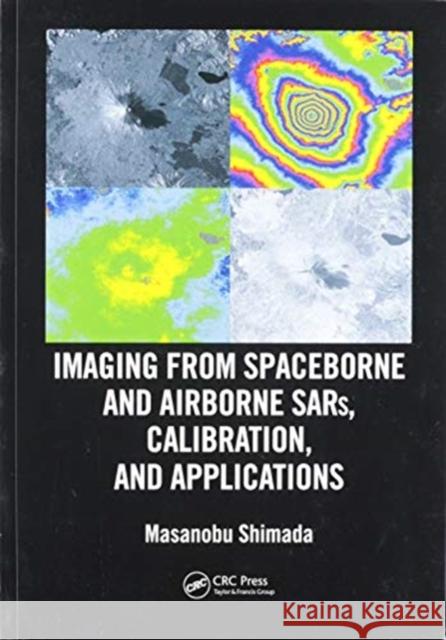Imaging from Spaceborne and Airborne Sars, Calibration, and Applications » książka
topmenu
Imaging from Spaceborne and Airborne Sars, Calibration, and Applications
ISBN-13: 9780367570798 / Angielski / Miękka / 2020 / 377 str.
Imaging from Spaceborne and Airborne Sars, Calibration, and Applications
ISBN-13: 9780367570798 / Angielski / Miękka / 2020 / 377 str.
cena 238,96
(netto: 227,58 VAT: 5%)
Najniższa cena z 30 dni: 226,63
(netto: 227,58 VAT: 5%)
Najniższa cena z 30 dni: 226,63
Termin realizacji zamówienia:
ok. 22 dni roboczych.
ok. 22 dni roboczych.
Darmowa dostawa!
Synthetic Aperture Radar is a topic of great interest all over the world.











